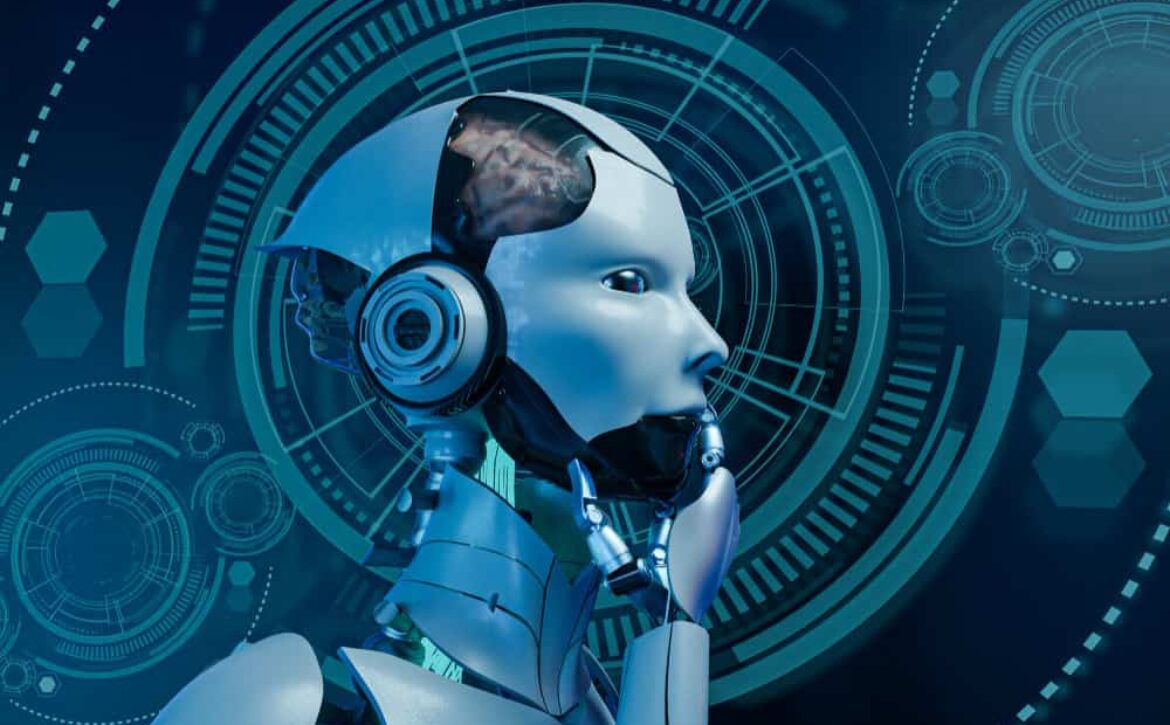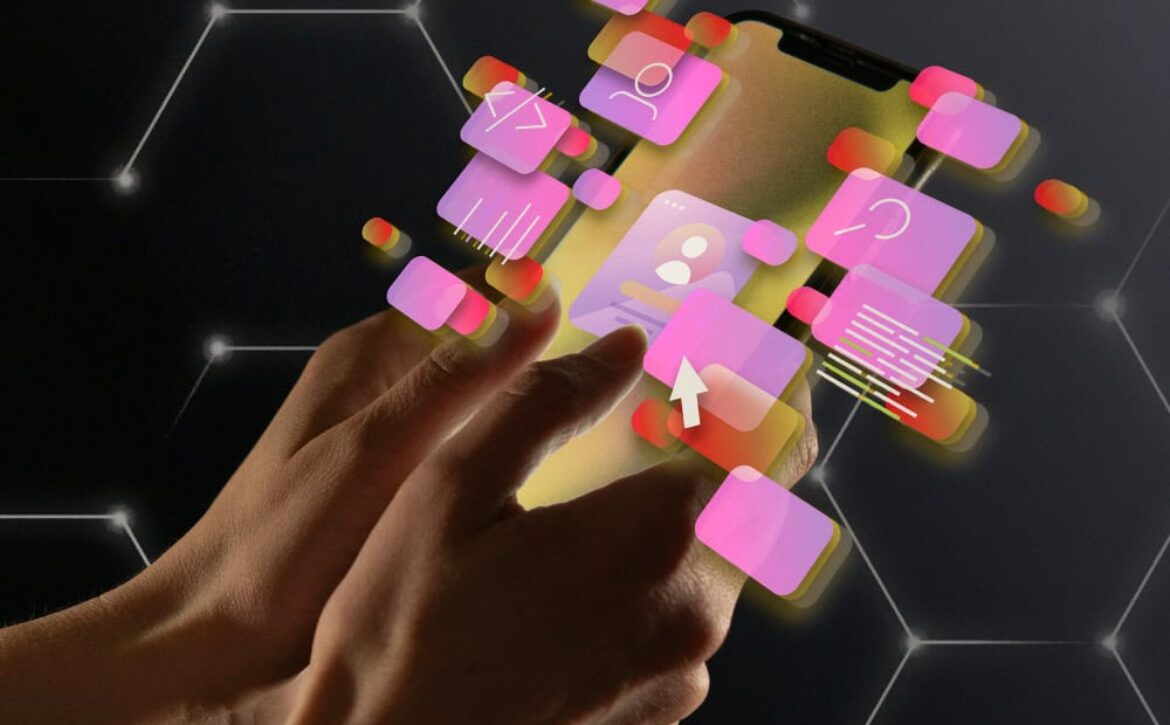AI Product Engineering Solutions That Work (by GoodWorkLabs Experts)
Introduction
In an increasingly competitive digital economy, companies are under pressure to innovate faster and smarter. Artificial Intelligence (AI) has become the catalyst for this evolution, transforming the way digital products are designed, built, and deployed. At GoodWorkLabs, our AI product engineering solutions combine cutting-edge technologies, robust methodologies, and domain expertise to create intelligent systems that work and scale.
This blog explores our approach, real world success stories, and how our AI engineering solutions can help you accelerate innovation and achieve your business goals.
What is AI Product Engineering?
AI product engineering is the end-to-end process of building digital products that embed artificial intelligence capabilities, including machine learning, natural language processing, computer vision, and intelligent automation. This approach not only enhances software functionality but also enables predictive, personalized, and autonomous behaviors within applications.
Unlike traditional software development, AI engineering focuses on:
- Data driven design and development
- Model training and optimization
- Continuous learning and feedback loops
- Scalable AI deployment across cloud and edge environments
GoodWorkLabs builds products that don’t just function they evolve, adapt, and learn from real-world interactions.
Why Businesses Need AI Product Engineering Today
AI adoption is no longer optional it’s essential. Global businesses are increasingly investing in intelligent technologies to enhance customer experience, operational efficiency, and overall business agility.
Key benefits of AI product engineering include:
- Faster Innovation: Build and deploy features faster with automation and AI insights.
- Cost Reduction: Streamline operations by automating repetitive tasks.
- Improved Customer Experience: Personalize interactions at scale.
- Smarter Decisions: Leverage predictive analytics to guide business strategy.
- Competitive Edge: Stay ahead with adaptive, intelligent product engineering.
Our AI Product Engineering Methodology
GoodWorkLabs combines design thinking, agile development, and data science best practices in a unified process:
Discovery & Strategic Planning
We begin by identifying your business goals, use cases, and key success indicators. Through stakeholder collaboration and user research, we determine how AI integration can create meaningful impact.
Architecture Design & Prototyping
Our engineers build scalable system architectures and create robust data pipelines to support machine learning development services. We deliver early-stage prototypes to validate ideas quickly.
Model Development & Training
Our data scientists develop and fine-tune machine learning models tailored to your specific application be it recommendation systems, visual recognition, or natural language processing.
Deployment & Integration
We integrate AI solutions seamlessly into your technology ecosystem, ensuring secure, real-time processing and scalable infrastructure across cloud and edge environments.
Continuous Monitoring & Optimization
Post-deployment, we continuously monitor AI system performance, retrain models with evolving datasets, and refine functionalities through feedback loops.
Real-World Impact: Success Stories
1. Retail Forecasting Engine:
A global retail brand partnered with us to create an AI-powered demand forecasting tool, resulting in significantly improved inventory accuracy and delivery efficiency.
2. Conversational AI for FinTech
We implemented a natural language chatbot for a digital banking platform that now automates the majority of customer service interactions, improving support outcomes and reducing operational costs.
3. AI-Powered Diagnostics for Healthcare
For a healthcare provider, we deployed a computer vision-based diagnostic system to analyze medical imagery, dramatically enhancing diagnostic speed and accuracy.
Why Choose GoodWorkLabs for AI Product Engineering?
- AI Domain Expertise: From predictive analytics to NLP and computer vision.
- Full-Stack Development: We manage every component of the tech stack frontend, backend, data, and cloud.
- Agile, Scalable Delivery: Our iterative development approach enables flexibility and faster go to market.
- Focus on ROI: We align technology decisions with strategic business objectives for measurable returns.
Ready to Build Intelligent Products?
AI is transforming industries and your business can be next. Whether you’re a startup exploring AI capabilities or an enterprise seeking to optimize workflows, GoodWorkLabs delivers AI solutions that are practical, powerful, and scalable.
Get in touch with our experts today to schedule a free consultation and discover how AI product engineering can accelerate your innovation journey.












